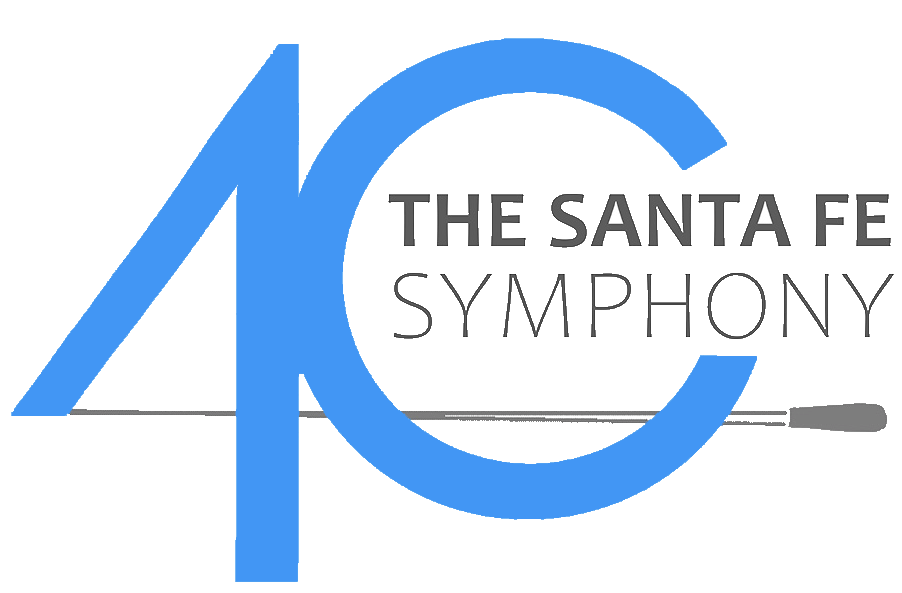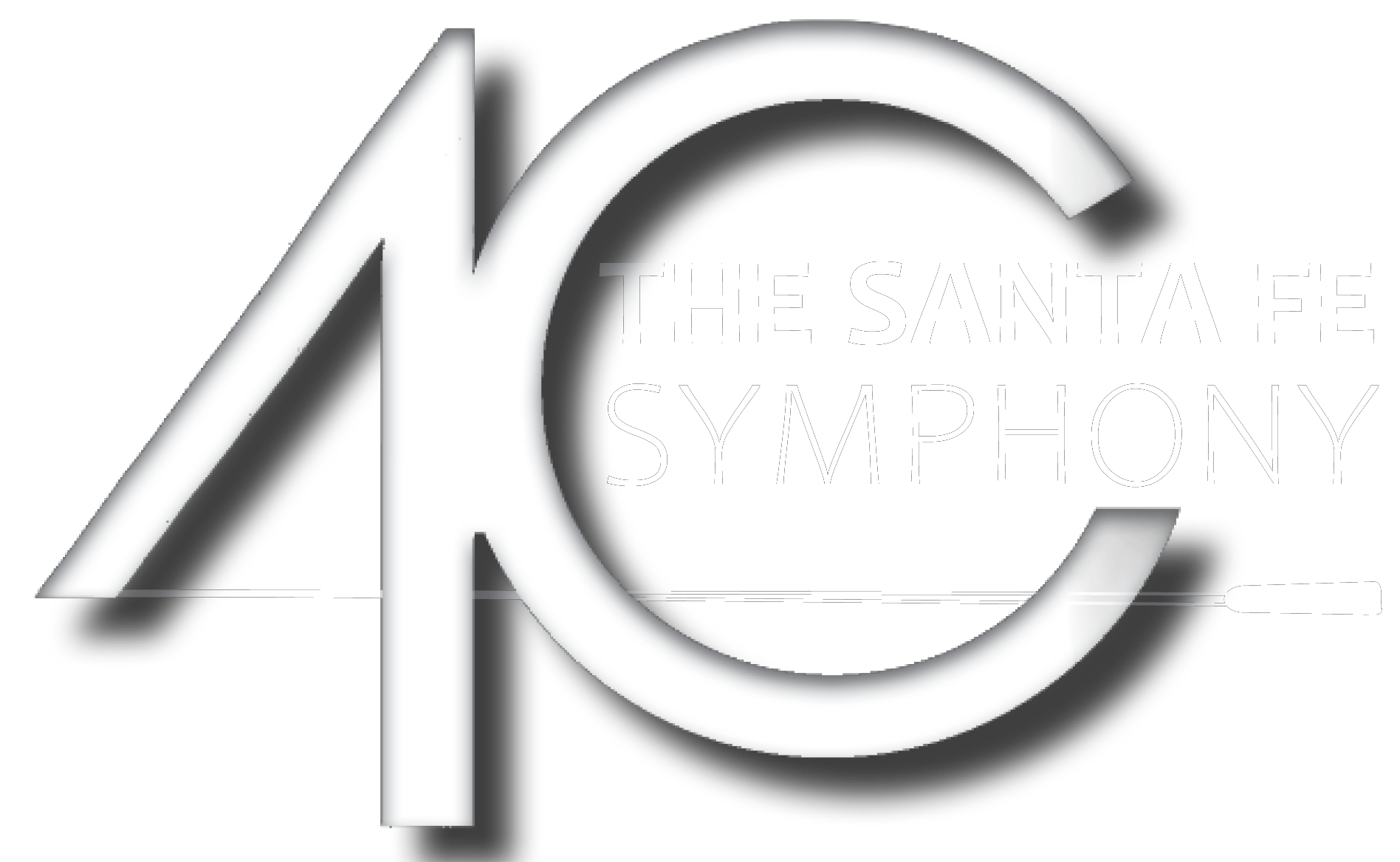Program Notes | Choral Masterworks
The Lark Ascending
RALPH VAUGHAN WILLIAMS
Born October 12, 1872, Down Ampney
Died August 26, 1958, London
Vaughan Williams originally composed The Lark Ascending, which he called a Romance for Violin and Orchestra, in 1914, just after completing his London Symphony, but World War I interrupted plans for a performance. Vaughan Williams returned from military service in France and Greece and revised the score, and it was first performed on June 14, 1921–seven years after its composition–by violinist Marie Hall and the British Symphony Orchestra, conducted by Adrian Boult. Since that moment, The Lark Ascending has been one of Vaughan Williams’ most popular works and one of the most disarmingly beautiful pieces ever written for violin. The music was inspired by a poem by the English novelist George Meredith (1828-1909), specifically three excerpts which Vaughan Williams had printed in the published score.
They are worth quoting in full:
He rises and begins to round,
He drops the silver chain of sound,
Of many links without a break,
In chirrup, whistle, slur and shake.
. . . . .
For singing till his heaven fills,
‘Tis love of earth that he instils,
And ever winging up and up,
Our valley is his golden cup,
And he the wine which overflows
To lift us with him when he goes.
. . . . .
Till lost on aerial rings
In light, and then the fancy sings.
The Lark Ascending is inspired by the wonder of the bird in flight, but listeners should not expect a literal sound-portrait of the lark–instead, this music tries to capture the spirit of Meredith’s lines. This is not a virtuoso work but a rhapsodic one, restrained, gentle, and lyric. The orchestra’s quiet introductory chords set the mood, and the violin takes wing with a long cadenza that outlines the shape of the main theme, which it will then sing as the orchestra returns. The Lark Ascending requires little description. The music grows gradually faster as it proceeds–its themes all have a folksong flavor–and Vaughan Williams’ markings are worth noting because they specify exactly the kind of performance he wants: the music moves first to Allegretto tranquillo and eventually becomes Allegro tranquillo. Gradually these speeds relax and return to the opening tempo, the orchestra fades out, and the final word is left to the violinist as this lovely music soars high and far away.

